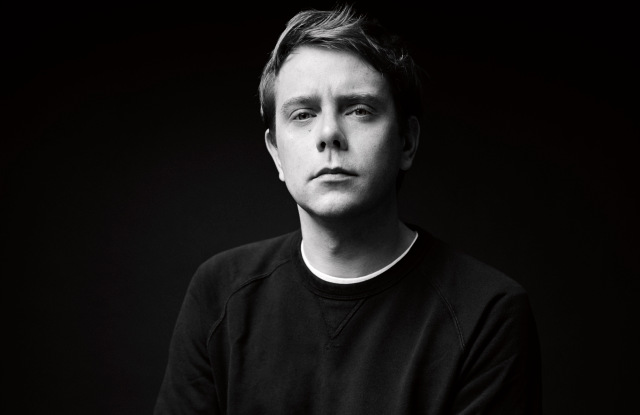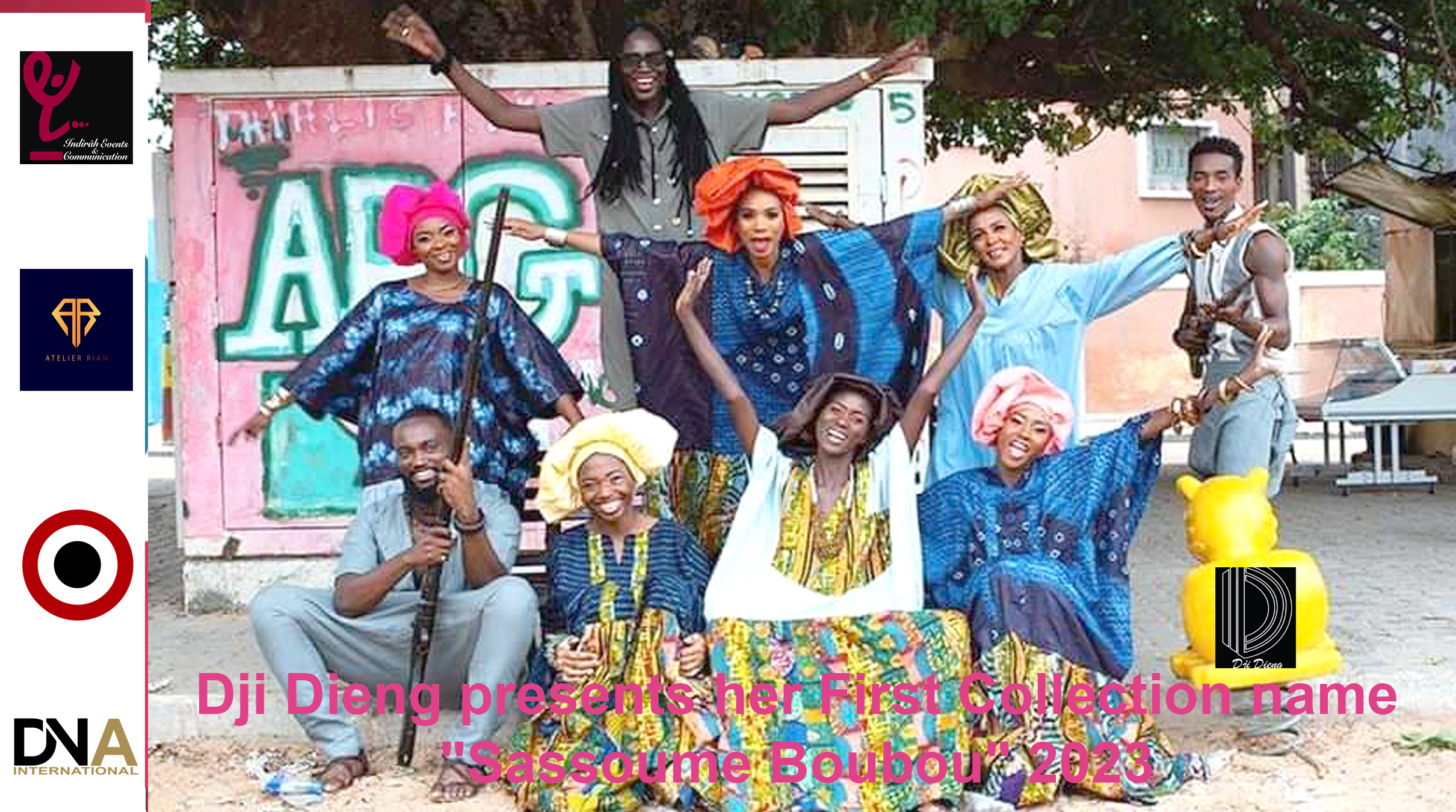Jonathan Anderson on Creativity, Endurance and the End of Ivory Towers – WWD
PARIS — When Jonathan Anderson was named president of the fashion jury of the 35th edition of the Hyères International Festival of Fashion and Photography, nobody could have predicted that he would be officiating remotely due to a global pandemic.
Anderson is no stranger to talent competitions. The designer, who founded his JW Anderson brand in 2008 and joined Loewe in 2013, created the Loewe Craft Prize in 2016 and is one of the jury members of the LVMH Prize for Young Designers, which has helped spotlight talent such as Marine Serre and Grace Wales Bonner.
So he quite naturally stepped into the role of mentor to the 10 Hyères finalists with an online masterclass on Friday. Anderson revealed that the upheaval caused by the coronavirus outbreak has allowed him to reconnect with how he felt as an emerging designer.
“There is an immediacy,” he told Loïc Prigent in the conversation. “As we step into this decade, newness and immediacy is key.”
And although he works for the world’s largest luxury conglomerate, LVMH Moët Hennessy Louis Vuitton, Anderson predicted that the era of the star designer is dead.
“The cliché of the ivory tower that’s mentioned in every fashion book, that’s over, and it’s OK for it to be over,” he said, eliciting protestations from Prigent, who thrives on capturing moments of excess and hysteria on camera.
In an interview with WWD, Anderson elaborated on how the crisis is rekindling creativity and opening paths for new ideas, and how British performance artists Gilbert & George have got him thinking about privilege and the importance of living in the present.
WWD: Fashion editors and buyers were overwhelmingly positive about your “Show on the Wall” concept. You found a creative way of compensating for the absence of a runway show with a box containing images and objects that told the story of the Loewe spring collection. How do you apply that thinking to being the host of the fashion jury at Hyères and doing that remotely?
Jonathan Anderson: I’m incredibly honored to do it this year. I’m sad not to be there, but in a weird way, I’m glad that we’re doing it this way, because I feel like it fulfills the moment.
I’ve actually got quite used to doing the remote thing. We all should have had good enough practice for it. I think this is a year in which we all have to take responsibility, as we’ve been told, to try to get through this year, and to the foreseeable future. We’re getting used to a new type of normal, so I think we are very lucky that in this period that we do have technology. And to be honest, this technology existed before the pandemic, we just didn’t utilize it. For me, being the president of the festival, I wanted to be able to make sure that we could take this to a bigger audience, not just a domestic audience.
WWD: Because Hyères is quite an insider-y festival, isn’t it? It’s all about being there, and hanging out and catching up with industry folk. So this is actually an interesting way of looking at it, expanding that to a bigger audience.
J.A.: We’ve partnered with YouTube, we have been able to work with LVMH on the digital side internally here. And I think it just opens up the conversation, ultimately.
WWD: In practical terms, how can you judge the collections without being able to see them in person?
J.A.: I did the edit with a few of the other jury members at the beginning of the year, so I’d already seen the clothing in the flesh, plus each of the participants has created amazing printed material, which I have here in my office.
WWD: Is it mainly look books? Or have they included other sensory triggers?
J.A.: They’ve included so many different things. You know, I have perfume here. I have got textiles, I’ve got ceramics, I’ve got gadgets, I’ve got a Toile de Jouy lithograph. So, I think what is amazing is that no matter what the circumstances, creativity will prevail.
WWD: And what are you looking for from these young designers? Because it’s a very hard period for them to be coming up. All the buyers are super cautious, and are probably less likely to invest in young brands. What do they need to do to be relevant in this period?
J.A.: I think what we’re seeing in this industry is the very big brands, and the very small brands, are [the ones] who are really surviving.
When I started JW Anderson, I started it during the housing crisis. That seems a long time ago, we are now in a different crisis. And I think sometimes, it’s actually a really good moment to start in a crisis, because it’s not just about selling at the moment. It’s about ideas. I think this is what I find really exciting at the moment, is looking to young people for purist ideas. One thing I think I’ve learned is that we put so much emphasis on the business part, and what’s actually happened is we’ve ended the end of the last decade with clothing that means nothing.
WWD: What do you mean by that?
J.A.: I mean that it’s generic product that just makes money. It’s sort of strange when I listen to journalism and buyers: they complain that there’s a lack of creativity, but at the same time, they don’t think it’s commercial enough, and it’s this very odd dichotomy. There is a way to find a bridge in the middle, but at the same time, young designers should be allowed to be completely unshackled from the idea of it, because if not, we’re going to end up having a lot of shift dresses.
WWD: So did you encourage the finalists to be very free with their ideas?
J.A.: I think with the selection that we put together, each person is incredibly individual. Some of them have got really great things in sustainability, really kind of tangible takes on it. You’ve got people who are really obsessed by craft, you’ve got people who are experimenting with the new. I think we all should take a leaf from that. Sometimes, you know, it doesn’t have to be perfect, it doesn’t have to be glossy, it doesn’t have to be all these different things. It needs to be sometimes just honest.
WWD: How did you pick your jury, and how have you been working together from a distance during the run-up to the festival?
J.A.: The great thing is, everyone’s got all the material that was sent to me. We’ve got a jury that comes from all around the world. Obviously, it would have been ideal if we had all been there. But I think it’s been actually really nice to be able to have outside conversations and conversations together. I wanted to put together all spectrums of it to me: the stylist, the music, the celebrity, the digital. The way in which we can judge things has to come from a cross-party consensus.
WWD: What can you tell me about the exhibition you designed to be shown at Villa Noailles in Hyères? I saw it features totem-like sculptures dotted amongst the clothes.
J.A.: They’re kind of crocheted totems that we started making with Loewe, based on this idea of Isamu Noguchi and how he used to use unfolding structures, and how that kind of refers back to the Seventies in a weird way.
It’s the first time I’ve shown both brands together in a singular space, so it’s been quite nice to see things from the past, reinterpreted in the moment.
WWD: Tell me a little bit about your masterclass. Have you been doing a lot of that kind of thing during the lockdown? Or was it a first for you?
J.A.: Well, it’s the first time I’ve done a masterclass that is really directed at young talent. A lot of what I’ve been doing during the lockdown has been more, in a weird way, as some sort of critique on the moment, or a viewpoint on where we’re at.
It was really nice to be thinking of the future in that way, of talent and where it can go. Interestingly enough, on the day of recording it, I had interviewed Gilbert & George for a project. I’ve already worked with them before, and I hadn’t seen them since lockdown. And it was really interesting: they survived the World War II, they survived the AIDS epidemic, three, four, five financial crashes. And I was asking them, what were they thinking of what was to come? I think sometimes that people who are older than us might have more rational viewpoints. And what was interesting is they actually said, they think one of the most dangerous things in today’s society is privilege. And I actually thought it was a very honest answer to the situation. We are privileged to be able to speak on the computer, we’re privileged to be able to read all the books online, we’re privileged to be able to travel around the world, we’re privileged that we have electricity. But if we’re not careful, we’re going to forget actually what it all stands for, because we just get it anyway. In a weird way, when I was being interviewed by Loïc for the masterclass, it really resonated with me.
In this moment, while things are complicated, and things cannot be done in the same way, or things have to be thought differently, we cannot have privilege take over. We have to be in a point where we are able to adapt. What they were talking about was in the World War II, it wasn’t about defiance, it was about helping. And sometimes I think we get very confused by the idea of defiance and helping. Defiance is not always the solution.
WWD: That’s an interesting message to hear right now. Because we’re about to go into the curfew phase in France, it’s really hard to curb the feeling of having something taken away from you.
J.A.: We are going through a phase where, without our own responsibility, we lose this generation quicker.
It boils down to that famous quote by Virginia Woolf, which is, it’s only in death that we see life. There’s something in that, and I think when we speak to someone like Gilbert & George, you start to realize how lucky we are. And we may have to do these amazing forms of confinement, but at the same time, let’s not get caught up in the privilege of it, and try to just live in the now. I think we’re so obsessed about the future, but maybe it might be just nice to ground it in the present.



:quality(70)/cloudfront-eu-central-1.images.arcpublishing.com/businessoffashion/2KBBHBRKQNCSLP7B4VVK25J5J4.jpg)

